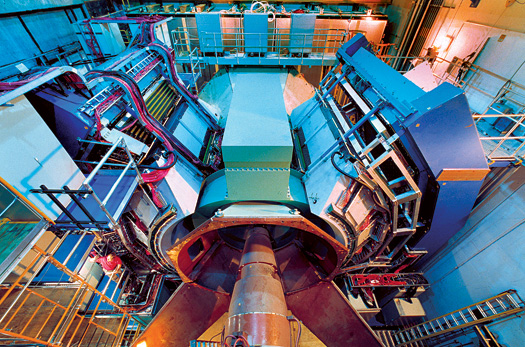

To improve our view of a vast and complex universe, scientists are creating increasingly ambitious new tools. The work is not easy. Truly big science requires decades of expensive commitment from multiple nations. But the instruments that result are nearly as awe-inspiring as the new worlds they help us discover.
How We Did It
Like anything that’s large and involved, big science is not easy to measure. For our rankings, we took into account four objective factors: the construction costs above all, but also the operating budget, the size of the staff and the physical size of the project itself. Even these were hard to compare on an apples-to-apples basis, though, so we also used a tiering system. Then we added in three subjective factors, weighing them more heavily to reflect their relative importance: the project’s scientific utility, its utility to the average person (“what will it do for me”) and the always essential “wow” factor.
Enough talk. Click here to jump into our gallery of the ten craziest, most ambitious, and most amazing big science projects around.










